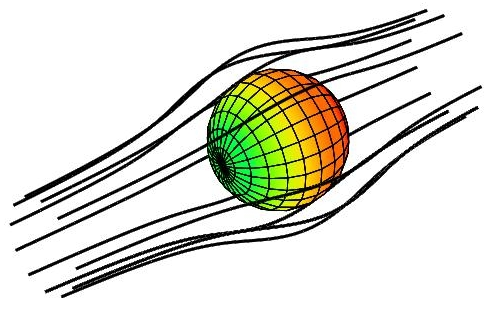You are here
Project Martin Oberlack
Discontinuous Galerkin Simulation of Multiphase Flows with Interfacial Equations
The objective of the priority programme at the chair of fluid dynamics at TU Darmstadt is the development of a highly accurate numerical solver for the computation of multiphase flows including phase interfaces and interfacial transport equations. In particular, our first aim focuses on the transport equation for surface active agents, known as surfactants. Our solver is based on Discontinuous Galerkin (DG) methods that have been established rather successfully by now in the treatment of hyperbolic conservation laws, for combining the advantage of a local flux evaluation with an O(hp ) discretization error for an arbitrary polynomial grade p ∈ N. In this way, we intend to extend the DG library BoSSS (Bounded Support Spectral Solver) that has been developed in our working group since 2008 for the simulation of single and two phase incompressible flows. In this context, the numerical treatment of a possibly moving interface as well as interfacial conservation equations remains a challenging task, involving a simultaneous tracking of the interface position and solution of both the flow field and the interfacial equations, possibly with additional jump conditions. The numerical representation of the interface is planned to be implemented by a level set method. Additionally, re-initialization will be used, if necessary, in combination with a volume-of-fluid method to ensure both local mass conservation and a highly accurate determination of the front position. The cut cell method is proposed to compute surface and volume integrals accurately for those cells which are split by the phase interface. Furthermore, non-smooth basis functions allow for a sharp delimitation between different fluid properties. The interfacial equations are intended to be solved by embedding the interface, a two-dimensional manifold, into a three-dimensional manifold by projecting the respective quantities onto a narrow band located near the interface. Altogether, the suitable choice of methods in combination with DG should avoid serious shortcomings of classical schemes, for instance mass deficit at the interface or artificially induced flows due to numerical errors in computation of surface curvature.





